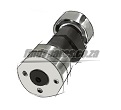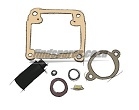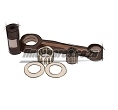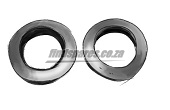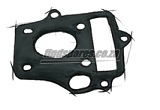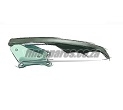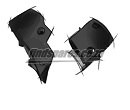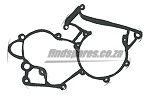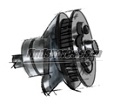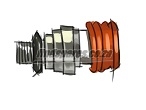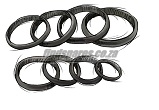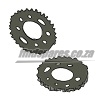Bikes / Engine
Advertising
Motorcycle engines
The engine drives the rear wheel normally, but some smaller bikes have front wheel drive.
Most motorcycle engines have a gear box consisting of two to six gears, and some of the bigger bikes even have a reverse gear. Power created by motorcycle engines is sent to the driven wheel by belt, chain or shaft. In Europe in 1970, the capacity of motorcycle engines typically ranged from about 50cc to 750cc, but since then, motorcycles have evolved into machines with a capacity of 2000cc.
Even today, some motorcycles still bear some resemblance to those early motor bikes. The first motorcycle ever produced was powered by a steam engine. The earliest example is from the French Michaux Perreaux in 1868. Almost all modern manufacturing of motorcycles includes a gasoline internal combustion engine.
Small motorcycles are air-cooled. Usually big motors are water-cooled. Some scooters and small motorcycles use batteries and electric motors for propulsion. Some motorcycle have the engine mounted transversely, while others have them longitudinal in the frame of the motorcycle.
Transverse engine typically drives the rear wheels through the motor or belt loop, while for longitudinal mounted engines, PTO is used. For small bikes like scooters, the engine is part of the rear suspension, so that the engine is not fixed rigidly to the main frame of the motorcycle. Instead, the combined hinge on the engine and transmission is tilting in the direction of the road surface, and is part of the suspension of the bike.

